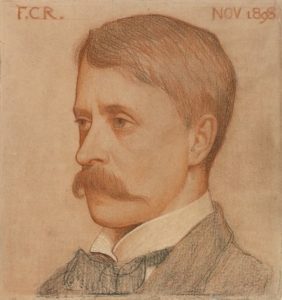
1862 - 1927
Frederick Cayley Robinson

description
A British Symbolist painter, a master of monumental painting, illustrator and theater artist. He was a professor of decor and composition at the Scottish School of Art (Glasgow). Being close to contemporary theosophical and mystical groups, Cayley Robinson interpreted existential, philosophical questions in his own way, through mythological and biblical images. The artist was a member of the Royal Society of Watercolourists, the New English Art Club (New English Art Club), in other significant creative unions and organizations of Great Britain. The artist was a member of the Royal Society of Watercolourists, the New English Art Club and other significant creative unions and organizations of Great Britain.
Key ideas:
– The works of K. Robinson are distinguished by a sense of calmness, which is close to meditative. The artist chose soft lightning; more often it comes from either an unmarked source of light in the room, or comes from a window outside of it. At the same time, the atmosphere of the works has little in common with intimacy, because the painter conceived the characters in the rooms as participants in ancient, often sinister mysteries.
– Among the favorite themes of the artist’s work are women and girls in interiors, whose images Robinson interpreted as a symbol of the unknowable Universe. The figures depicted on the canvases, despite their static nature and the apparent silence around, make the viewer anxious, as they seem to be half-ghosts, impossible to be understood.
– Not leaving the frameworks of the plots and ideological ideas of Symbolism, Robinson creatively experimented with form and color to create mood. He mostly chose horizontally deployed or diagonally balanced compositions.
– In the “diagonals”, the main space of the work is often taken by a wall. For example, from the figures of people below, the artist could only leave the head, while the characters depicted in depth and fully are placed with their back to the viewer. This happens in several paintings “Farewell”.
– The most famous paintings of the master are four very large paintings from the polyptych “Works of mercy”. For the oil paintings created on request of the London-based Middlesex Hospital, the artist used evangelical plots about the act of good.
1862
1883 - 1891
1891 - 1894
1895 - 1900
1906 - 1910
1911 - 1914
1914
1919 - 1921
1927
The birth of the artist
Received an elementary art education at the London Academy of St. John
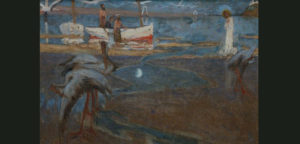
He continued his studies at the private Parisian Julian Academy
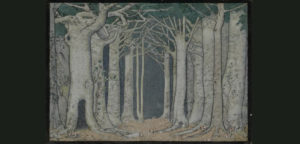
Lived in Florence

Settled in Cornwall

“The Arrival of St. Patrick to Ireland”

He was appointed a professor of decor and composition at the School of Art in Glasgow
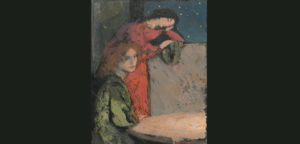
He was elected a member of the Royal Society of Watercolorists
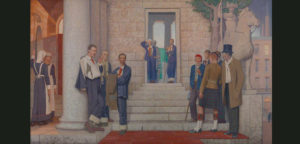
The death of the artist
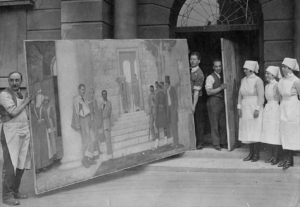
Frederick Cayley Robinson
On Artist
flow
Symbolism
friends
Edward Taylor
David Bates
artists
Edward Burne-Jones
Puvi de Chavannes
Giotto di Bondone
Andrea Mantegna
Michelangelo
By Artist
flow
Cubism
Modern
Expressionism
Abstractionism
friends
Glyn Warren
Charles Ricketts
Charles Hazelwood Shannon
artists
Stanley Spencer
Cecil French Salkeld
